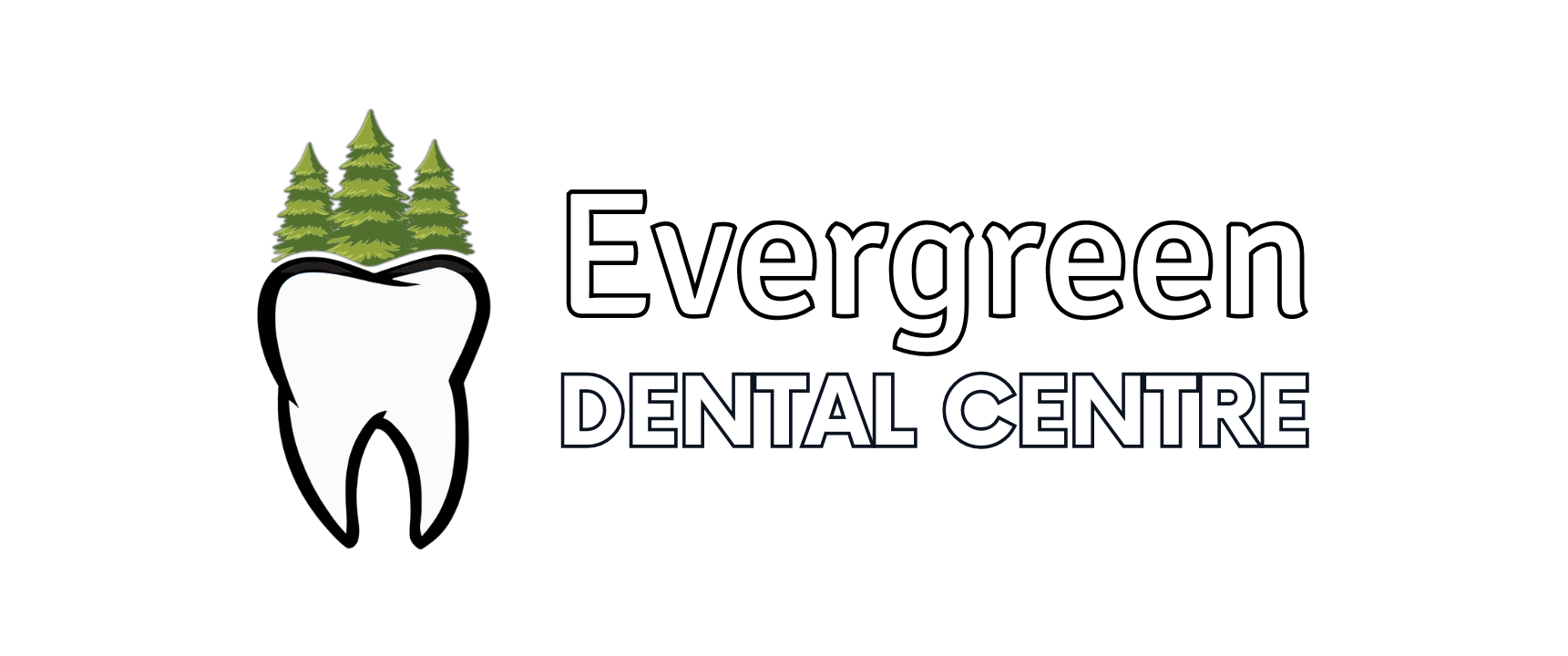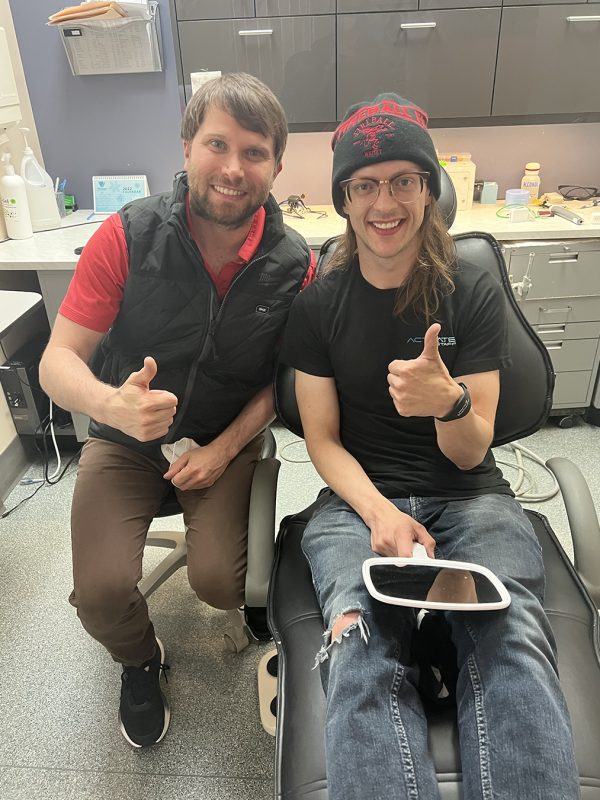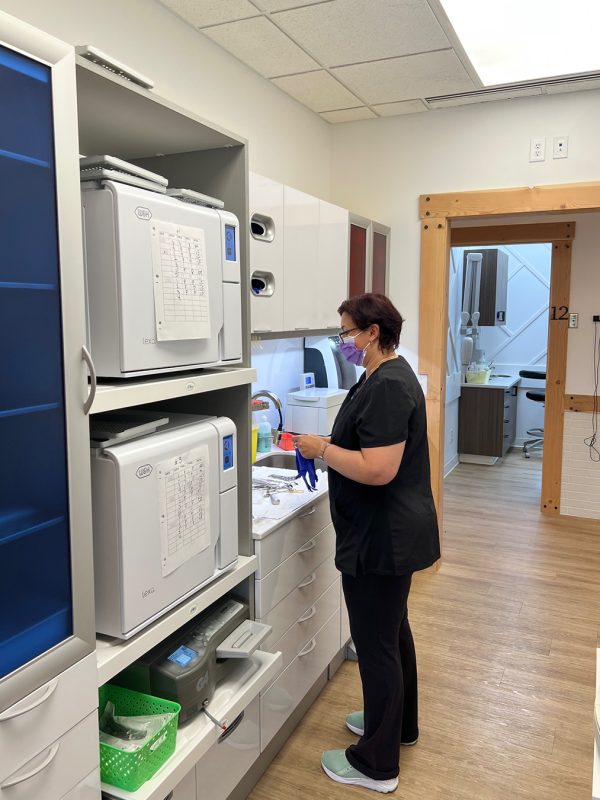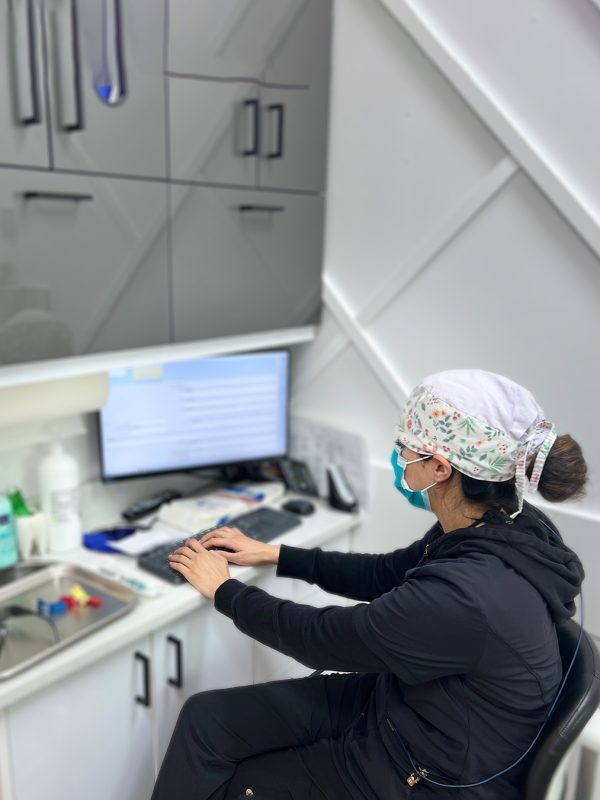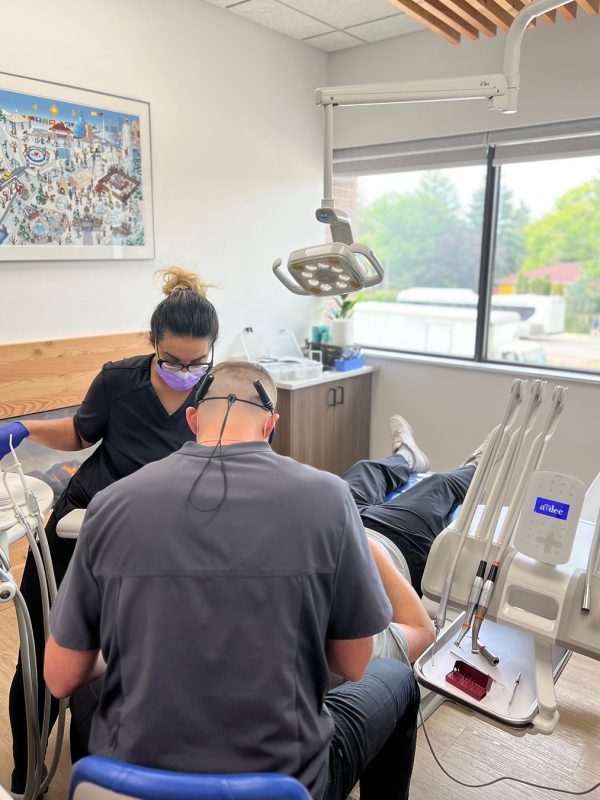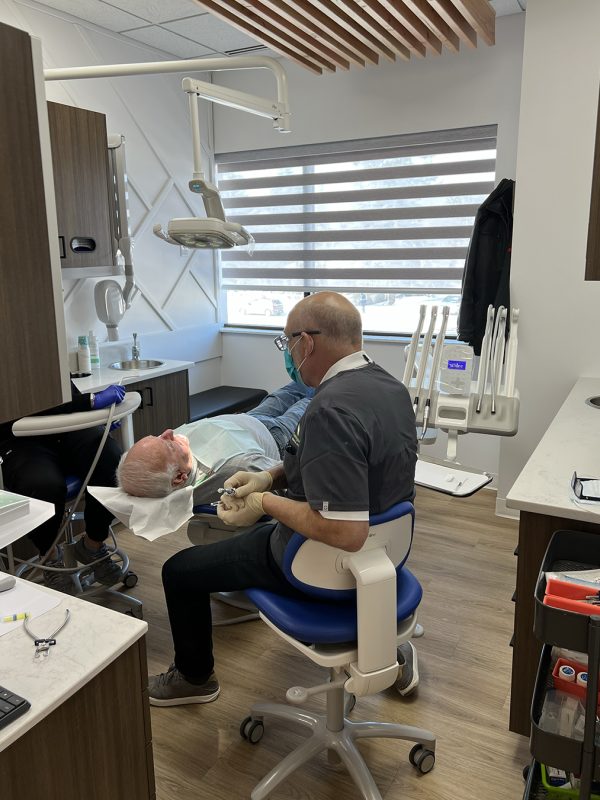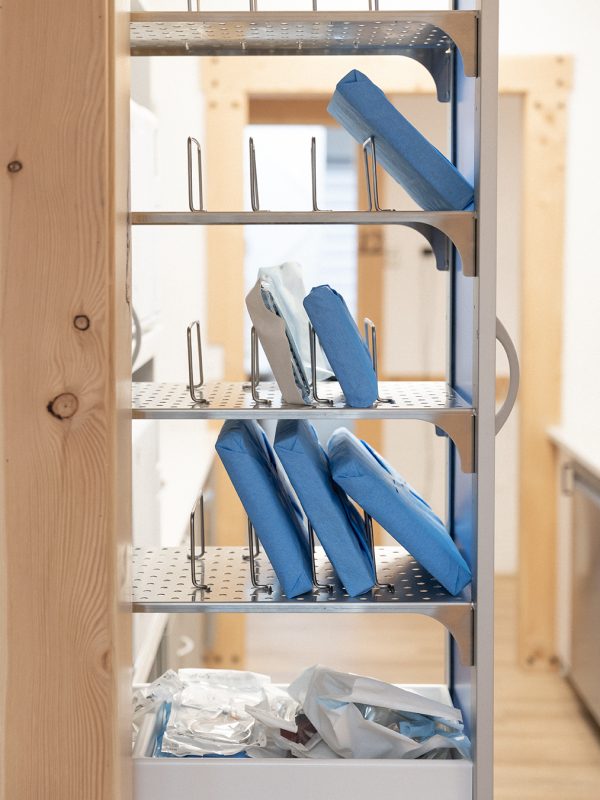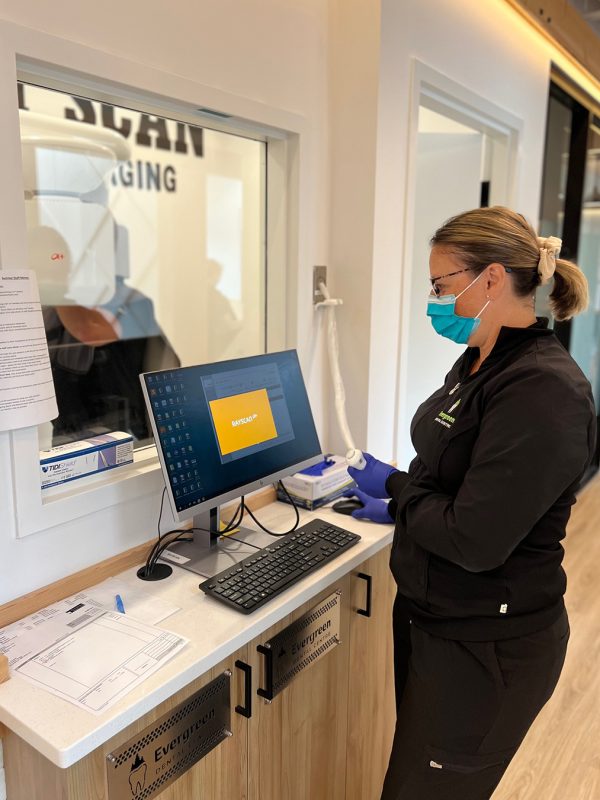Have you ever heard of an impacted tooth? If you’ve ever dealt with severe tooth pain or swollen gums, you might have had one without even realizing it. Impacted teeth are a common dental issue that can cause discomfort, infections, and even damage to nearby teeth. But don’t worry—this article will guide you through everything you need to know about impacted teeth, from symptoms to prevention.
Table of Contents:
- What Is an Impacted Tooth?
- Types of Impacted Teeth
- Causes of Impacted Teeth
- Symptoms of an Impacted Tooth
- Prevention of Tooth Impaction
- Conclusion
What Is an Impacted Tooth?
An impacted tooth is a tooth that fails to fully erupt through the gumline into its proper position. This often happens when there isn’t enough space in the jaw, causing the tooth to remain partially or completely trapped under the gum or bone. Wisdom teeth (third molar teeth) are the most commonly impacted, according to this study, but other teeth, like canines, can also be affected. Left untreated, an impacted tooth can lead to pain, swelling, infection, and damage to surrounding teeth — making early detection and professional evaluation essential.
Types of Impacted Teeth
Impacted teeth don’t all look or feel the same — they can be stuck in different ways, each with its own set of potential problems. Here’s a breakdown of the two main types:
Partially Impacted
A partially impacted tooth is one that has started to emerge through the gum but hasn’t fully come in. This can create a small opening where food and bacteria easily get trapped, leading to swelling, pain, and even infections like pericoronitis (inflammation around the tooth). Over time, the trapped bacteria may cause cavities or gum disease in both the impacted tooth and nearby teeth. You might feel tenderness when chewing, notice bad breath, or experience gum soreness around the area.
Fully Impacted
A fully impacted tooth stays entirely beneath the gums, often stuck within the jawbone. Since it never breaks through, it’s less likely to cause surface pain — but that doesn’t mean it’s harmless. Fully impacted teeth can put pressure on neighboring teeth, causing crowding or misalignment. In some cases, a cyst may form around the tooth, which can damage the surrounding bone and teeth if left untreated. This type of impaction is more common with wisdom teeth but can also affect canines or other teeth if they don’t have enough room to grow properly.
Understanding what type of impaction you’re dealing with is crucial for determining the best treatment — whether that’s monitoring the tooth, addressing symptoms, or planning for removal.
Causes of Impacted Teeth
Lack of Space in The Jaw
Sometimes, the jaw simply doesn’t have enough room to fit all the teeth. This is especially common with wisdom teeth — the last to develop — as they try to squeeze into an already crowded space. When there’s not enough room, the tooth stays stuck beneath the gum or comes in at an awkward angle.
Misalignment
Teeth need a clear path to grow properly. If surrounding teeth are misaligned or tilted, they can block a tooth from emerging, causing it to become trapped. Misalignment can happen due to natural development, childhood habits like thumb sucking, or even early loss of baby teeth, which shifts other teeth out of place.
Genetics
Your family history can play a big role in whether you’re prone to impacted teeth. If your parents had small jaws, crowded teeth, or impacted wisdom teeth, you might inherit similar traits that make impaction more likely.
Overcrowding
When there are too many teeth competing for limited space, new teeth can struggle to emerge. This often happens if baby teeth don’t fall out on time, blocking permanent teeth from coming in properly. Some people may also develop extra teeth (known as supernumerary teeth), which can take up space and lead to impaction.
By knowing the causes of impacted teeth, you can work with your dentist to monitor your oral health and catch potential issues early — before they turn into bigger, more painful problems.
Symptoms of an Impacted Tooth
Impacted teeth don’t always cause immediate pain — but when they do, the discomfort can range from mild to severe. Here’s what to watch for:
- Pain and tenderness: Persistent discomfort in the back of the mouth, especially when chewing or opening your mouth.
- Swollen or bleeding Gums: Red, tender, or bleeding gums near the affected tooth — a sign of irritation or infection.
- Bad breath or unpleasant taste: Trapped food and bacteria around the tooth can cause persistent bad breath or a bad taste.
- Difficulty opening the mouth: Pressure and swelling may make it uncomfortable to eat, speak, or yawn.
- Jaw Pain, headaches, or earaches: Pain can spread to the jaw, head, or ear due to pressure on surrounding nerves.
- Shifting teeth or bite changes: The impacted tooth may push other teeth, causing crowding or misalignment.
If you notice any of these symptoms, early dental care can prevent further pain and complications.
Prevention of Tooth Impaction
While some cases of tooth impaction are unavoidable, good dental habits and early intervention can help lower the risk. Here’s what you can do:
- Regular dental checkups: Visit your dentist every six months for monitoring and X-rays to catch issues early.
- Early orthodontic evaluation: For kids, an assessment around age 7 can help prevent crowding and misalignment.
- Maintain good oral hygiene: Brushing, flossing, and rinsing keep gums healthy and reduce complications.
- Monitor wisdom teeth: Regular exams can determine if early removal is necessary to avoid pain and crowding.
- Correct childhood habits: Minimize prolonged thumb-sucking or pacifier use to prevent future misalignment.
- Eat a balanced diet: Calcium and vitamin-rich foods support strong teeth and healthy jaw development.
By staying proactive, you can help ensure teeth grow in smoothly — and avoid the pain and hassle of impaction later on.
Conclusion
Impacted teeth might start quietly, but they rarely stay that way. From discomfort and swelling to infections and misalignment, leaving them untreated can lead to bigger dental problems down the road. By recognizing the signs early and staying on top of preventive care, you can prevent further issues.
If you’re experiencing symptoms or want to stay ahead of potential issues, scheduling an appointment today is the first step to tackling impacted teeth before they cause more trouble.
